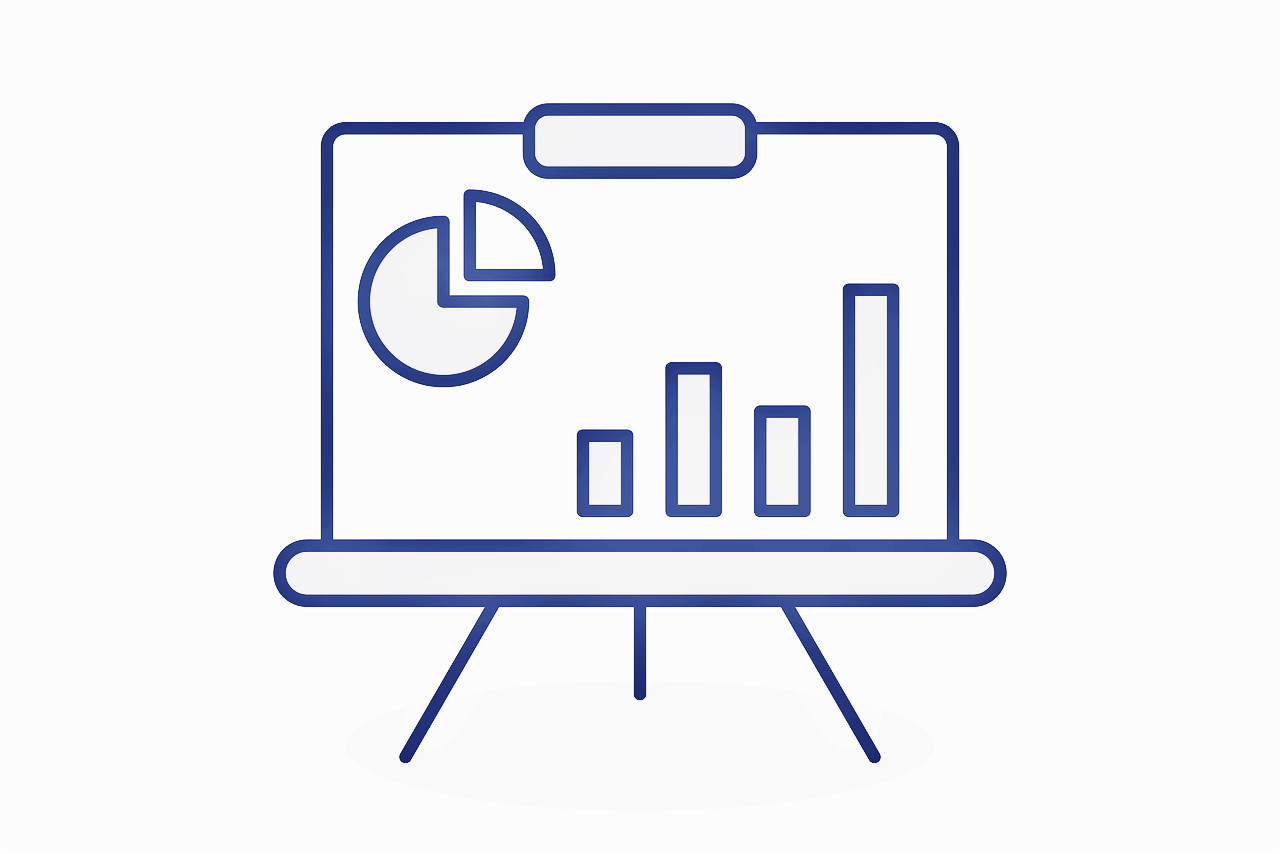THEY MATTER TO YOUR COMPANY
the cap table shows who owns what in your company and who can claim ownership. This is particularly important if you are not the sole founder or if there are additional shareholders in your company. The distribution of ownership in a company is particularly interesting if your legal form is, for example, a partnership or a limited partnership. In such cases, distribution of profits and ownership claims are also to be regulated by other means.
THEY MATTER TO INVESTORS
Before an investor invests his money in a company, he takes a very close look at the company. After all, for an investor it is not a good deed that is in the foreground, but making a decent profit. So if you already have several partners in your company and one or two investors, every other potential financier will first think about what their share of the profits could look like. If a potential investor evaluates your company, he will of course also take a look at the proportion of equity financing and the cap table. A cap table provides him with a quick overview and gives him a good impression of the financial situation. With a cap table, you can already collect plus points at the beginning of the discussions with the investor.
WHAT THEY SHOULD LOOK LIKE
A cap table should be in tabular form. So you first have to collect all the necessary data in a table. These dates are:
- share distribution in the company for the cap table
- profit claims
- amount of capital contributed
- amount of the values of the shares
- investment volume of the round
- names of shareholders
- round name and date
If you have recorded this data in the table, you should also present it in graphical form. In this way, a potential investor can see at first glance what the ownership structure is like in your company.
What should not be missing from your cap table is the forecast function. You can implement this using Excel. This gives you the opportunity to show what effects possible financing rounds with other potential investors could have and what the ownership structure would or could look like. During the negotiation with an investor, this forecast function can help you a lot and support you in the negotiation.
Tip: If you are quite familiar with Excel, you will have no trouble setting up the cap table in Excel yourself. If you have less practice with it, then it is advisable to simply download the cap table as an Excel file.
MISTAKES TO AVOID IN THE CAP TABLE
There are also some mistakes at the cap table that can be avoided in advance. For example, you should be careful not to sell too many shares too soon. Many investors pay attention to the motivation of the founders to build the company. If you give up too many shares too early, it can appear to investors as if you, as the founder, do not care much about building the company on your own. Nevertheless, one should not necessarily insist on a too high stake. Here it is important to find a good balance with the cap table.
You should also be careful not to have too many small shareholders. This could be external consultants, for example. One reason for this is that otherwise the cap table could become very confusing and complicated. But one should also avoid too many individual business angels. Although a business angel can hardly raise the necessary capital on their own, it often happens that many develop into lone fighters and thus do not act in the interests of the company. If possible, it is therefore advisable to syndicate the individual business angels, i.e. to bring them together so that one can speak for everyone. As a result, decisions can be made more quickly and agreements can be better coordinated.
In summary, the following mistakes should be avoided with the cap table:
- hand over shares to many consultants or external parties
- Selling too many shares too early according to Captable
- bring too many business deposits on board without syndication
CONCLUSION
The cap table is very important for founders, as it gives a good overview of the distribution of shares in the company. Especially when you work with several business angels, investors and shareholders, it is important to know exactly who gets how many shares in the company and the profits. In addition, the cap table is extremely important for attracting further investors. There is hardly a financing round in which the cap table is not asked. After all, future investors must also get an idea of the company’s financial situation and use the cap table to weigh up whether an investment is worthwhile for them. Therefore, one should take the time for the cap table and always keep it up to date in order not to lose track of the company’s shares.





